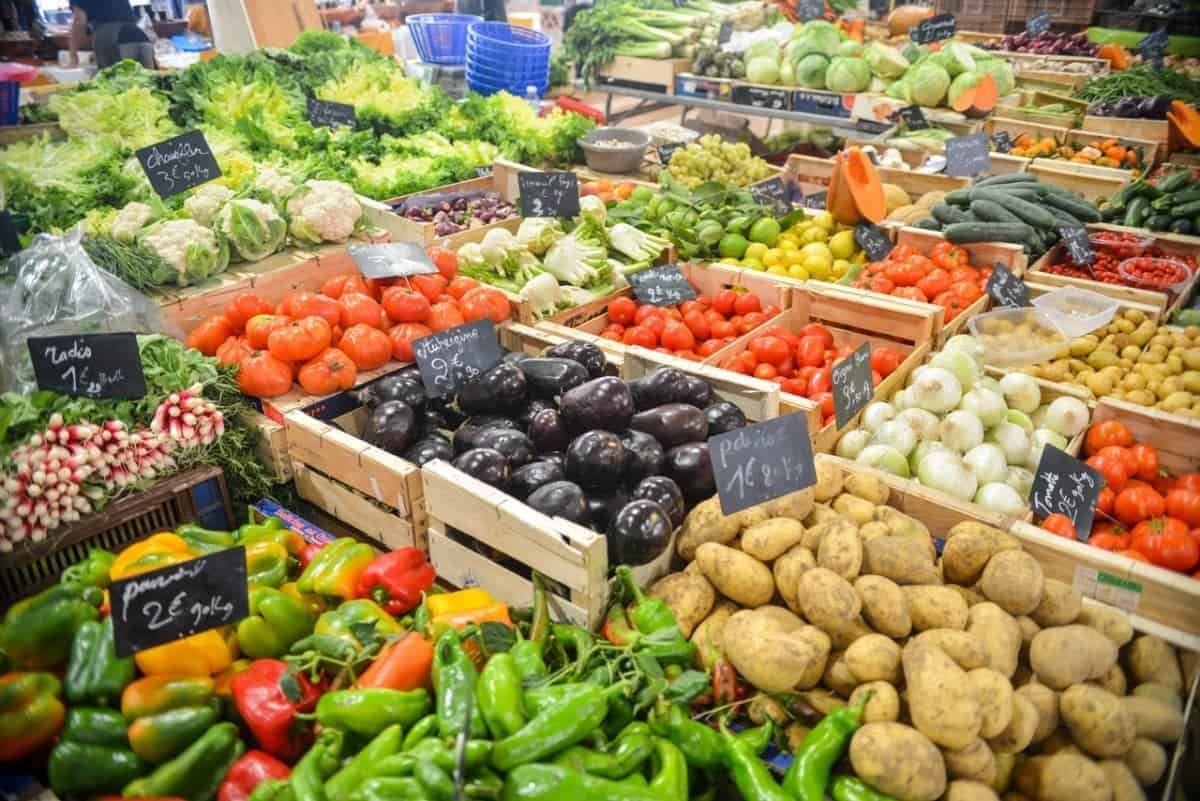Eating just two and a half portions of vegetables a day can prevent middle age spread, according to new research.
A 30 year study of almost 10,000 older people found even moderate consumption of greens, carrots and onions reduced the risk of becoming overweight or obese.
They had BMI scores equivalent to being almost half a stone lighter for the average man or woman.
Three in four British adults fail to manage their ‘5 A Day’. Vegetables are rich in ‘flavonoids’, antioxidants which help slow the rate at which the body absorbs fat.
The Dutch team say lesser adherence to a healthier diet still protects against piling on the pounds.
Compared with participants who scored zero on a plant based diet index, those with 10 points had a 0.7 lower BMI and 0.62 lower fat mass index. This would make them around 6lbs less in weight.
The higher score can be achieved in various ways, such as replacing 50g of red meat per day with 200g of vegetables.

It was also linked with lower waist circumference and body fat percentage, with the associations stronger in middle aged 45 to 65 year olds than over 65s.
Dr Zhangling Chen, of Erasmus University Medical Centre, Rotterdam, said: “Our study suggests a more plant-based and less animal-based diet beyond strict adherence to vegan or vegetarian diets may be beneficial for preventing overweight/obesity in middle-aged and elderly populations.
“In other words, eating a plant-based diet to protect against obesity does not require a radical change in diet or a total elimination of meat or animal products.
“Instead, it can be achieved in various ways, such as moderate reduction of red meat consumption or eating a few more vegetables.”
She added: “This supports current recommendations to shift to diets rich in plant foods, with low in consumption of animal foods.”
The 5 A Day campaign, based on World Health Organisation research, advises eating at least 400g of vegetables and fruit each day to lower the risk of serious health conditions such as heart disease, stroke and some cancers.
Most vegetables, although not potatoes, count towards the total which can be made up of a combination of both, rather than five of each.
Experts have warned increasing numbers of people are turning away from a balanced diet in favour of a growing dependence on high calorie and high salt ready meals and fast food.

The study presented at the European Congress on Obesity in Vienna said previous
evidence suggests vegan or vegetarian diets high in plant based foods that eliminate most animal products cut the risk of obesity.
But Dr Chen and colleagues said little is known about how varying degrees of vegetable consumption affects weight, fat mass and strength in older people who are experiencing “age related body composition change and losing muscle mass.”
So they followed 9,641 middle aged and elderly adults from the ongoing Rotterdam Study in which dietary data were collected using a detailed food frequency questionnaire.
From that, the researchers created the plant-based diet index in which participants earned positive scores for eating nuts, fruits, and vegetables and negative ones for meat, fish and dairy products.
Between 1986 and 2016 the participants had their height, weight and waist circumference repeatedly measured every 3 to 5 years. They were also scanned for fat mass every 3 to 5 years from 2002 to 2016.
Analyses showed that participants who had higher scores on the plant-based diet index had a lower BMI over the long term – mainly due to lower body fat mass.
This was after taking into account factors including the effects of time of repeated measurements, total energy intake, education, socioeconomic background and physical activity levels.

Dr Chen said : “Vegan or vegetarian diets have been suggested to help prevent obesity. However, not much is known about whether variation in the degree of having a plant-based versus animal-based diet may be beneficial.
“Our study suggests a more plant-based and less animal-based diet beyond strict adherence to a vegetarian or vegan diet, may be beneficial for prevention of obesity in middle aged and elderly populations.”
By Ben Gelblum and Mark Waghorn
